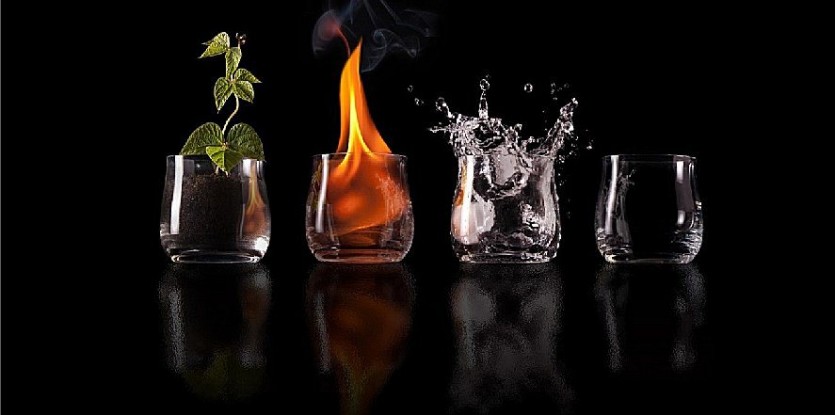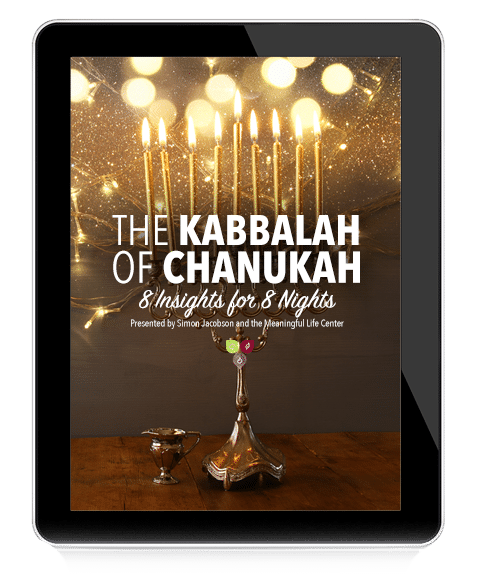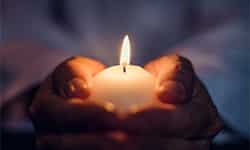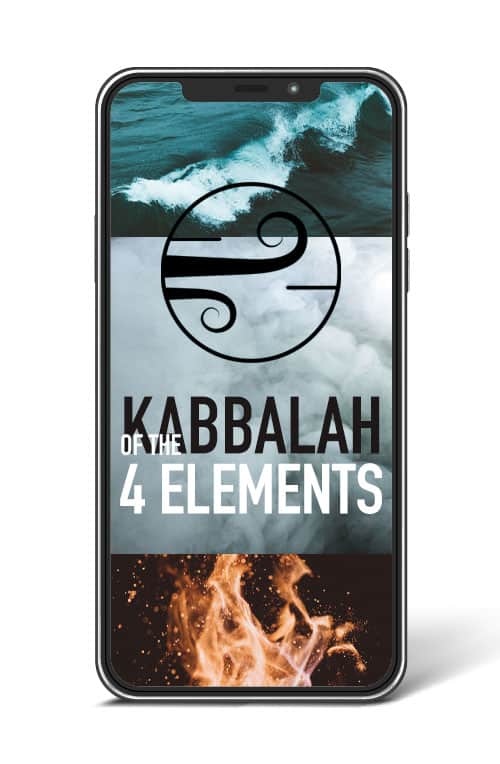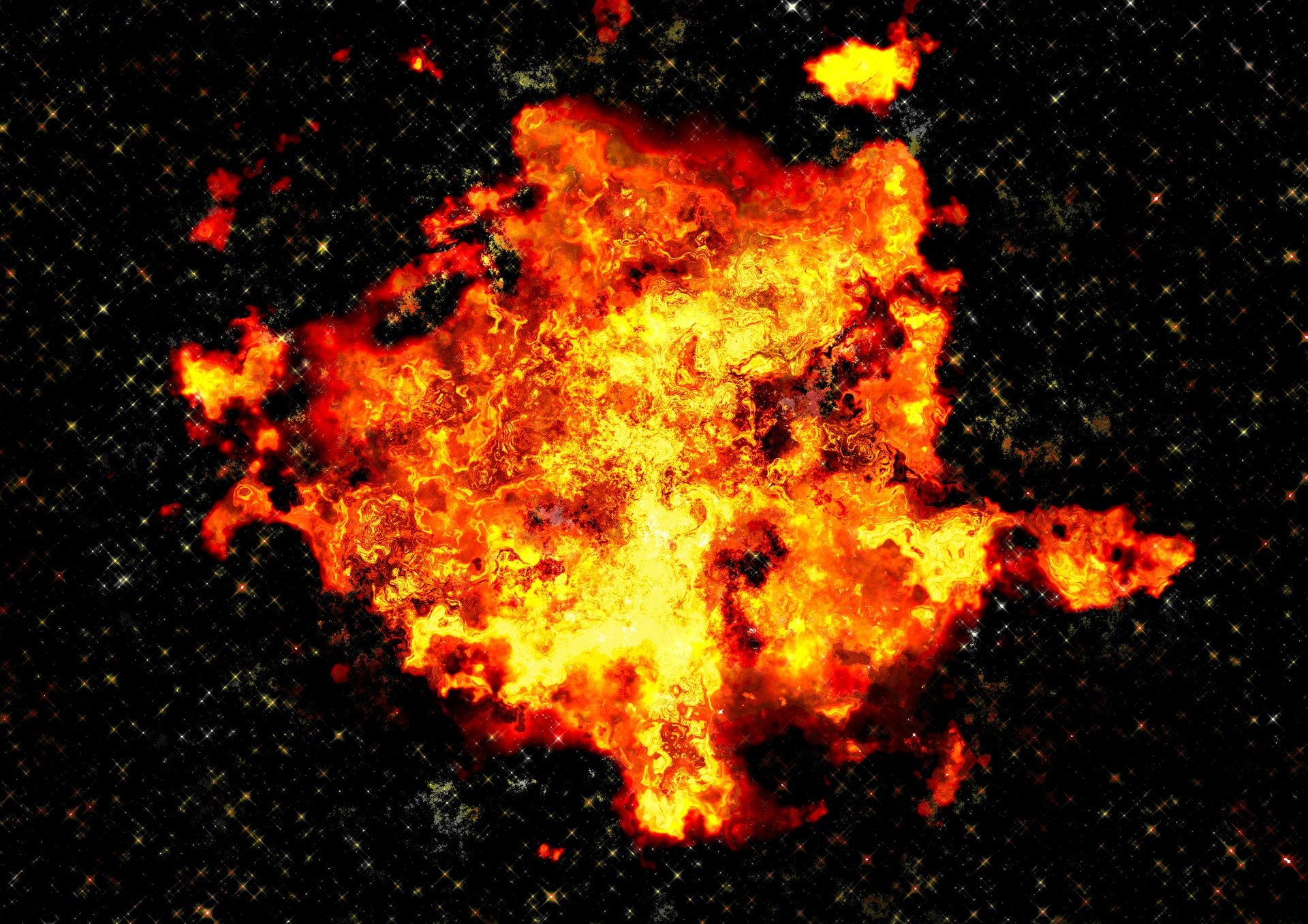Chanukah celebrates the miracle of “the single cruse of oil, sealed with the seal of the Kohen Gadol (High Priest),” that escaped contamination when the Greeks defiled the Holy Temple and its contents. The cruse contained enough oil to light the menorah for one day; miraculously, the oil burned for eight days, until new oil could be prepared under conditions of ritual purity.[13]
The purity of the oil was guaranteed because it was sealed within a “cruse” (pach, in the Hebrew)—an earthen jug.[14] The laws of ritual purity distinguish between earthenware and vessels made of other materials. On the one hand, the law regarding the earthen vessels is more stringent: once an earthen vessel is contaminated, it only becomes pure when it is broken (i.e., it loses its original form and is remade anew), while wooden and metal vessels can be purified through immersion in a mikvah.[15] On the other hand, an earthen vessel becomes impure only when the source of impurity enters into it, while other vessels are contaminated also through contact with their outside surface.[16] So if the oil had been found in a wooden or metal container, its being “sealed with the seal of the Kohen Gadol” would not have sufficed, since this could not ensure that pagan hands had not touched it on the outside, contaminating the vessel and its contents. Because it was in an earthen jug, the fact that it was sealed guaranteed that the oil it contained was pure and fit to light the menorah.[17]
Man as Vessel
The halachic definition of an earthen vessel (keli cheres) is a container or tool fashioned of earth (mud, clay, etc.) and hardened by fire.[18] Spiritually, the “earthen vessel” is one who possesses two key traits: humility (“earth,” as in “my soul should be as earth to all”[19]) and passion (“fire”).[20]
A fertile spiritual life is nourished by these two different, indeed antipodal, qualities. It is fashioned of humility—permeated with a recognition of the inferiority of mortal man and an utter submission to the divine authority. But this is no listless clod, loyal and pious but devoid of initiative and achievement; it is earth fired with passion, clay glowing with the desire to elevate itself and come close to G-d.
This synthesis of earth and fire makes for a vessel immune to contamination through its external surface: no superficial iniquity can corrupt this soul. Because he is humble, he is unsusceptible to the banalities of ego and materialism; because he is driven by a love of G-d, he escapes the snares of indolence and inertia.
However, the earthen vessel remains vulnerable to contamination from within; indeed, he is more vulnerable to “internal” impurities than his less humble and less fervent fellows.[21] Precisely because he is humble, he is receptive to elevated ideals; precisely because he is aflame, he is readily inspired by lofty passions. So he must take great care not to fall prey to the impurities that infiltrate the mind and heart in the guise of spiritual and idealistic values, but which in truth stem from the pagan usurper of the sanctuary of G-d.
He must therefore secure himself with “the seal of the Kohen Gadol”—with the unequivocal commitment to G-d that stems from the innermost core of his soul and resists every foreign influence. Thus he will safeguard his luminescent potential as oil fit to light the menorah, to disseminate the divine light to the world.
Based on an entry in the Rebbe’s journal dated “Chanukah 5696” (1935)[22].
_____________________________________________________
[18] Talmud, Kelim 4:4.
[19] Conclusion of Amidah prayer; Talmud, Berachot 17a.
[20] In the language of Kabbalah and Chassidism, ratzo (striving) and shov (retreat, settling down).
[21] An earthen vessel is contaminated from within even if the source of impurity merely enters into its interior space without touching its walls, while other vessels are contaminated (inside or out) only by actual contact (Talmud, Chulin 24b).
[22] Reshimot #3, pp. 15-16. This is based on a lengthy exposition on Chanukah which the Rebbe outlined in his journal, parts of which he delivered at the synagogue at 17 Radzia St. in Paris, which he frequented during the years he resided in that city (1933-1940).

